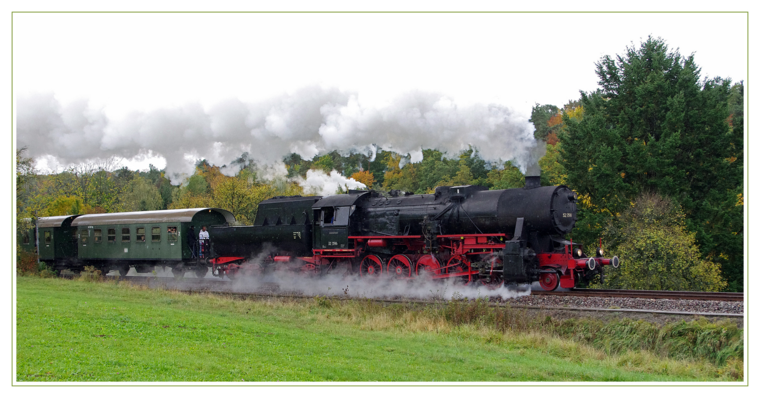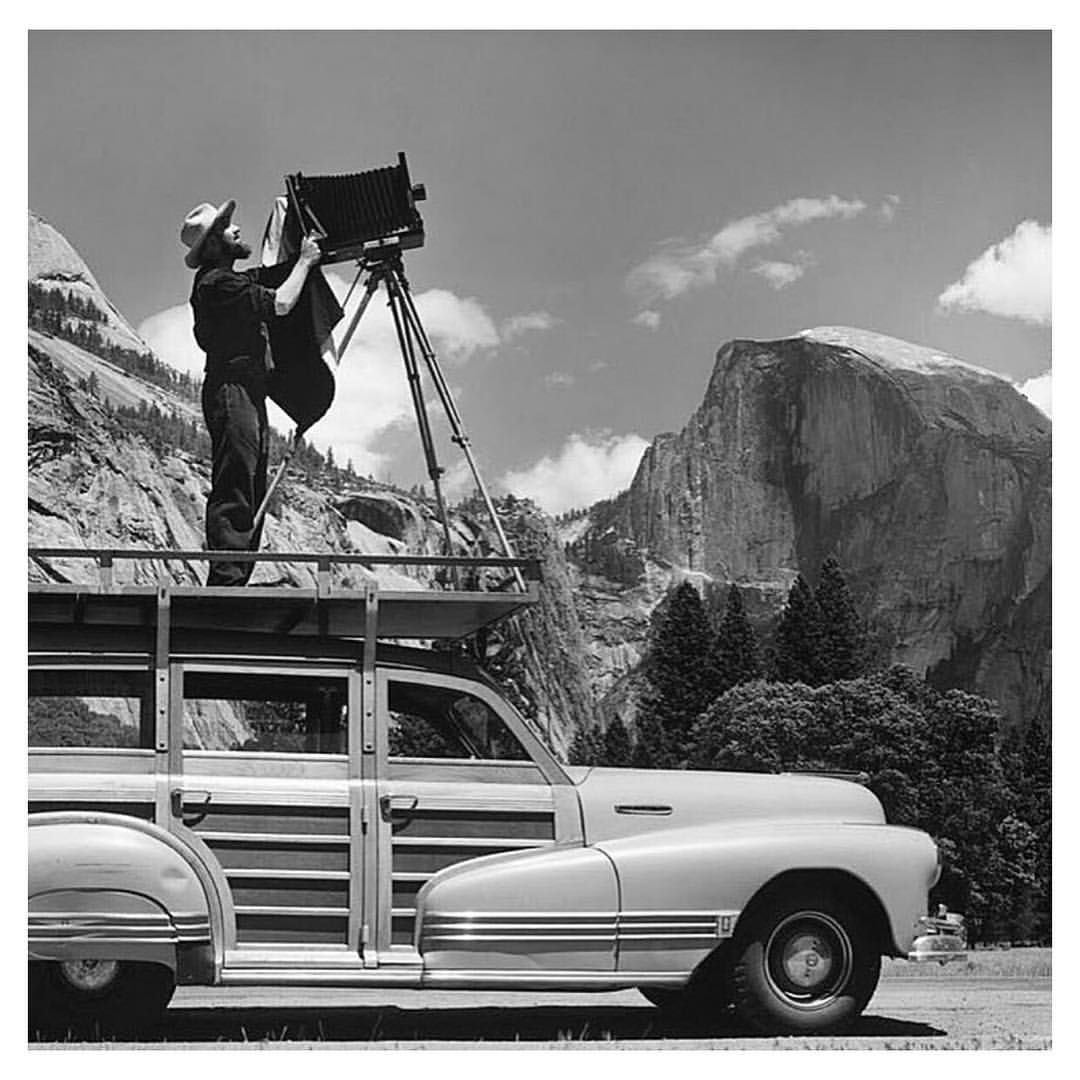Benade wrote about the importance of matching backbores to cups around some 50 years ago.
Posts made by Vulgano Brother
-
RE: Mouthpiece 'Comparator' ?posted in Mouthpieces & Accessories
-
RE: Mouthpiece too large?posted in Mouthpieces & Accessories
@Dr-GO said in Mouthpiece too large?:
My Harrelson Brass Pipe is now selling for around $14,000:
People will pay you that much not to play? Guess I should have become a jazz musician!
-
RE: Well, old age has finally caught up with meposted in Lounge
@Dr-GO "...but now, your heart is learning syncopated rhythms!"
"I've got rhythm, (stomp stomp), I've got rhythm, (stomp stomp), I've got rhythm, (stomp stomp), who could ask for anything more?"
-
RE: Railroad Photographyposted in Lounge

Once a month they would fire up the Feuriger Elias, and stop at our village in Germany.
-
RE: I gave up on "Double High C in . . "posted in Range
@Kehaulani My nephew used to drive Maybach's from point A to point B as a summer job.
They weren't allowed to go through the McDonald's drive-through.
-
RE: I gave up on "Double High C in . . "posted in Range
@Kehaulani Near Stuttgart. Roughly 1990 - early 2000s.
-
RE: I gave up on "Double High C in . . "posted in Range
@Kehaulani I worked in Germany some with a Japanese trumpeter who studied in Vienna and later the Spaulding method. He had wonderful technique and a consistent "double-high D" (concert) but had a sound like a laser beam, even on his Ganter.
He didn't work a lot.
-
RE: I gave up on "Double High C in . . "posted in Range
Charles Peters' “Total Range” is progressive, uses many of the same exercises (without the chin-tuck thing) as in 37 weeks, is to be used daily, AND as an adjunct to other playing.
Worked for me and my students.
-
RE: Vernacular (of range)posted in Range
@Kehaulani "C4" is two syllables long. "Middle C" (which might mean "low C") has three. "C below the staff" has five.
I'd be happy with "C4."
-
RE: Vernacular (of range)posted in Range
@Dr-GO, in contemporary German brass-lingo we called a double high C a "C5," (B4 concert pitch) and the pedal C a "C1."
International Standards (ISO) name the C below the treble staff and above the bass as "middle C." (That makes sense because it is in the middle between the two staves.) Middle C is C4. Pedal C is C3 and C in the staff a C4.
Played Bach and Handel with a couple other trumpet players on A piccolo trumpets and our first rehearsal was something by Handel, so the parts were notated in C. Took us a while to figure out that one of us was talking in sounding pitch, one in written pitch and one in A. Depending on who you asked, the same note could be a "D"," "C" or "F."
-
RE: Dr. Mark, now A Former Userposted in Announcements
The biggest thing I learned from my first chamber music experience wasn't intonation or listening, but appropriately listening to and responding to constructive criticism and other points of view.
That is what brings us from players to musicians.
I have the feeling Dr. M was more of a trumpet player than musician.
-
RE: Is It Jazz or Is It Classical?posted in Classical / Orchestral
Jimmy Owens spoke in terms of Eastern and Western approaches instead of Jazz and Classical in a clinic I attended. This piece sounds Western to me, and therefore, in a classical style.
-
RE: Did something change?posted in Lounge
Back when Rowuk and I joined TM as moderators, there was a lot more trumpet talk. The lounge and the Cage were for other stuff.
-
RE: Today's crazy Maynard pieceposted in Lounge
@Kehaulani said in Today's crazy Maynard piece:
My list of his records that bring me the most pleasure are roughly from the late 50s to his M.F. series.
"Live at Jimmy's" belongs in the classic range in my opinion. "Chameleon" is where he started to lose it.
-
RE: Let's Have Some Fun!posted in Classical / Orchestral
Slur two, tongue two is not Baroque. Slur two slur two comes closer.
-
RE: Bach 239CL on ShopGoodwillposted in Bb & C Trumpets
Nickel balusters would indicate maybe an early Elkhardt?
-
RE: A little humourposted in Lounge
I am a great Bible expert and even know the name of Noah's wife. It was Joan. Joan of Arc.


